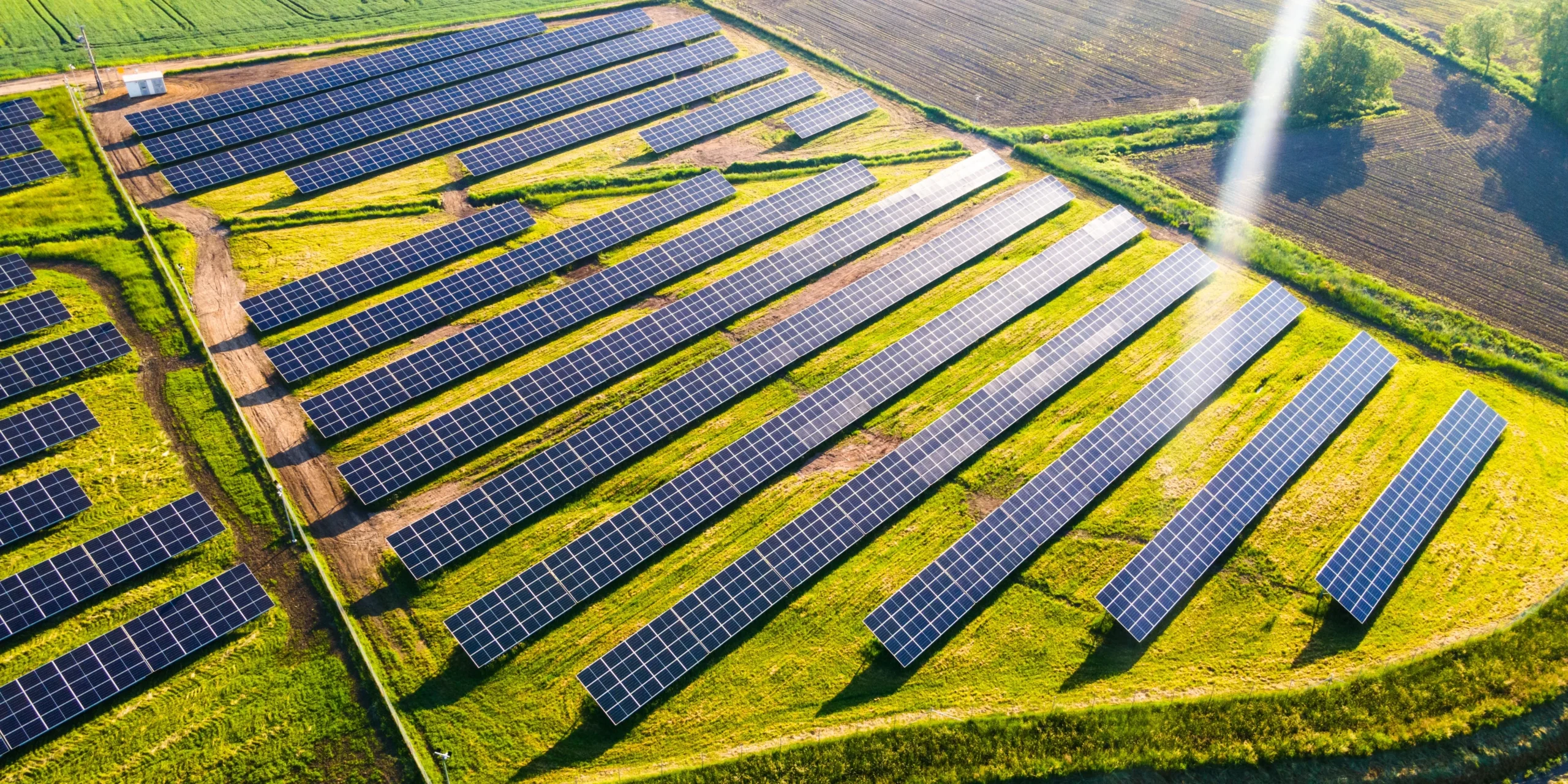Why This Matters
The urgency of climate change has put renewable energy at the center of global strategy. By 2025, renewables are no longer niche – they’ve become the fastest-growing source of electricity worldwide. According to the International Energy Agency (IEA), renewables will account for over 42% of global electricity generation by 2030, with 2025 marking a record year for deployment.
This shift is driven by technology: smarter solar panels, next-generation wind turbines, and advanced storage solutions are reshaping how we generate, store, and consume energy.
The Current Landscape
- Solar: Prices for solar modules have dropped 89% in the past decade, making solar the cheapest energy source in many regions (IRENA, 2025).
- Wind: Offshore wind projects are scaling, with new floating platforms expanding capacity in deeper waters.
- Storage: Breakthroughs in solid-state batteries and grid-scale storage are reducing reliance on fossil-fuel backup.
- Hydrogen: Green hydrogen production costs have fallen by 50% since 2020, making it viable for heavy industries.
- Smart Grids: AI-driven grid management balances fluctuating renewable inputs with demand in real time.
Key Innovations in 2025
- Perovskite Solar Cells: Achieving higher efficiency (up to 33%) and flexibility compared to silicon.
- Floating Wind Farms: Expanding renewable capacity in regions with limited land or shallow waters.
- Solid-State Batteries: Safer, denser, and longer-lasting than lithium-ion, ideal for both EVs and grid storage.
- Green Hydrogen Hubs: Integrated facilities producing hydrogen at scale, powering transport and heavy industry.
- AI Energy Forecasting: Predicts supply and demand patterns, reducing waste and blackouts.
Benefits
- Lower Costs: Renewables are now the cheapest new power source in most markets.
- Climate Impact: Potential to cut CO₂ emissions by billions of tonnes annually.
- Energy Security: Reduces reliance on imported fossil fuels.
- Innovation Spillover: Advances in storage and AI benefit other sectors, from EVs to manufacturing.
Challenges
- Intermittency: Sunlight and wind remain variable, requiring robust storage and grid solutions.
- Materials: Demand for rare earths and lithium raises sustainability and supply chain issues.
- Infrastructure: Upgrading ageing power grids is costly and politically complex.
- Equity: Access to renewable technologies remains uneven between developed and developing nations.
Outlook
2025 is a tipping point. Renewables are no longer “alternative energy” but the backbone of future grids. With continued investment and innovation, experts predict that renewables could supply two-thirds of global electricity by 2040.
The key to success lies in scaling storage and infrastructure. Without it, even the most advanced solar and wind farms will struggle to deliver consistent power. But the momentum is undeniable: the energy future is renewable.
Practical Takeaways
- Consumers: Look for falling costs in rooftop solar and home storage solutions.
- Businesses: Invest in green hydrogen and electrification to stay ahead of regulatory shifts.
- Governments: Focus on grid upgrades, rare material supply chains, and equitable access.
- Tech Watchers: Watch perovskite solar and solid-state batteries—they could redefine the energy landscape.
Sources
- International Energy Agency (IEA), World Energy Outlook 2025
- International Renewable Energy Agency (IRENA), Solar and Wind Reports 2025
- McKinsey & Co., Global Hydrogen Review 2025
- Deloitte, Energy Tech Outlook 2025








Leave a Reply